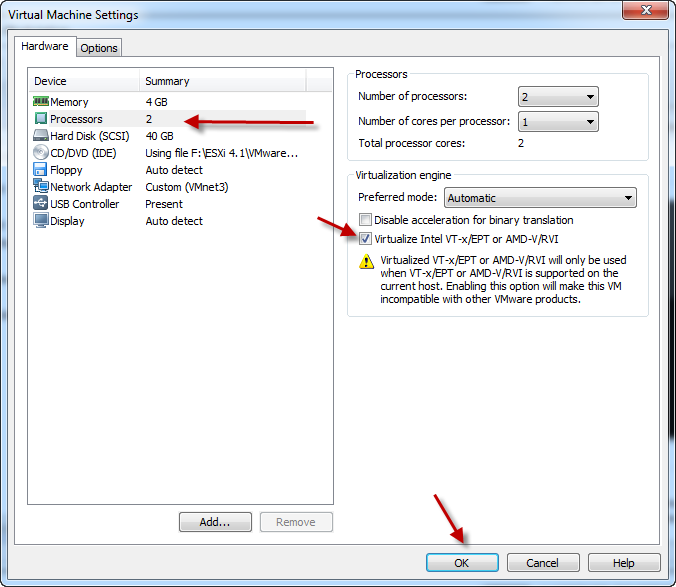Before VMware released version 8 of their popular Workstation software, it was not possible to run 64-bit guest operating systems (O/S) from an ESXi 4.1 or vSphere 5 guest. This nested Virtual Machine (VM) setup is great for learning and test lab environments, but up until now you were limited to 32-bit guest O/S's.
Workstation 8 now allows you to "Virtualize Intel VT-x/EPT or AMD-V/RVI", which in turn passes hardware features on to a guest VM, like ESXi 4.1 or vSphere 5, that enable them to run 64bit guest O/S's.
If you've just upgraded from Workstation 7, you'll need to change the hardware compatibility level on your ESXi or vSphere VM, before you can enable this new feature.
Here's how:
You will need:
- A CPU that supports either Intel VT-x/EPT or AMD-V/RVI.
- A 64-bit host O/S.
- VMware Workstation 8
- An ESXi or vSphere VM.
Step 1: Change Hardware Compatibility
Note: If you created your ESXi or vSphere VM AFTER installing or upgrading to Workstation 8, and chose "Workstation 8" as the compatibility level, you can skip this step.
First, the VM must be powered off in order to make this change, so power it off if it isn't already.
In Workstation, right click on the VM you want to change the compatability level on, go to "Manage", then click "Change Hardware Compatibility…".
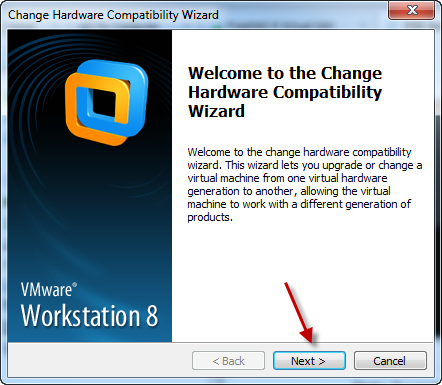
Click "Next".
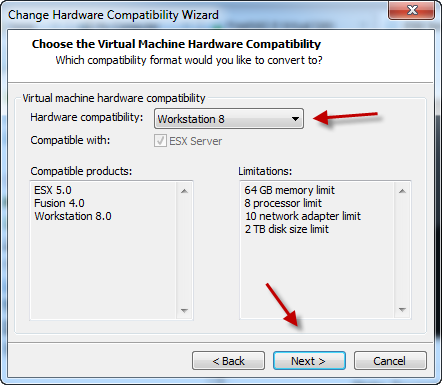
Choose "Workstation 8" on the drop down labeled "Hardware compatibility:", then click "Next".
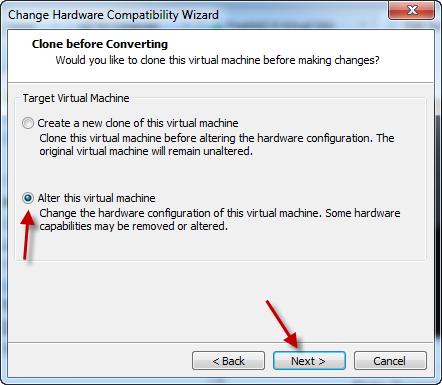
Here you can either clone the VM, leaving a copy of it with the old compatibility level, or just alter the existing VM. I chose to alter the existing VM. Choose one and click "Next".
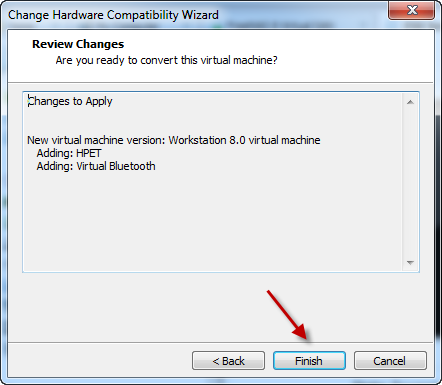
Click "Finish".
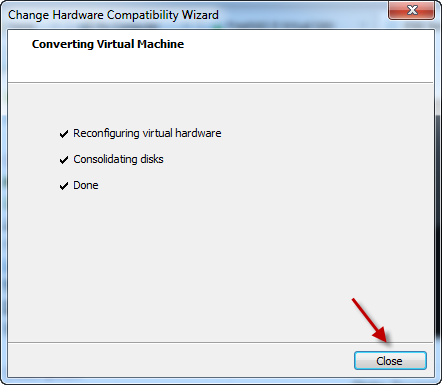
Click "Close".
Step 2: Enable Virtualized Intel VT-x/EPT or AMD-V/RVI
Select the VM you want to enable Virtualized Intel VT-x/EPT or AMD-V/RVI on, and either right click it and choose "Settings…" or hit "CTRL+D".
Select "Processors".
Check the box next to "Virtualize Intel VT-x/EPT or AMD-V/RVI.
That's it! Power your ESXi or vSphere VM on, and start using 64bit guests inside it.
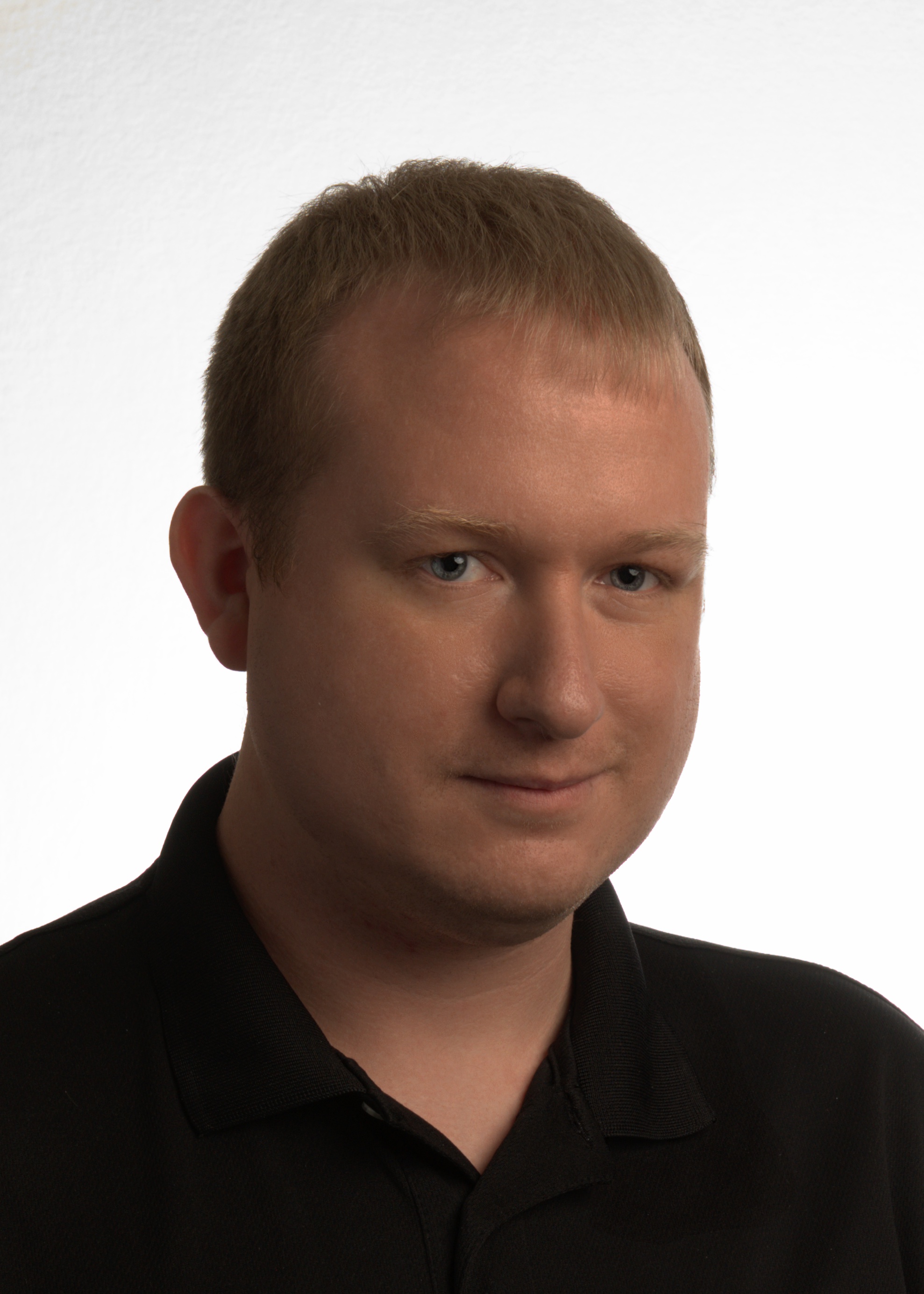
Josh M. Bryant is currently a Director of Technical Product Management at Tanium where he builds products that help customers overcome the challenges of managing very large scale computing environments. Prior to joining Tanium, he was a Premier Field Engineer at Microsoft specializing in Microsoft Exchange Server, and then later a Cybersecurity Architect specializing in Compromise Recovery.
